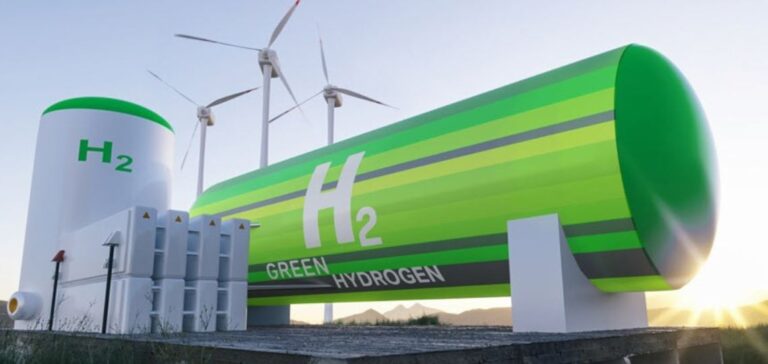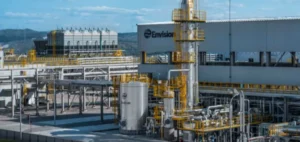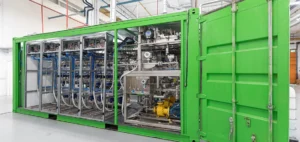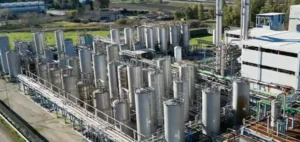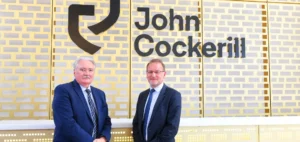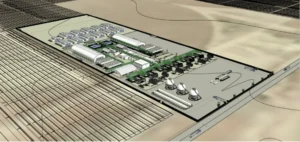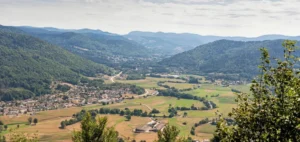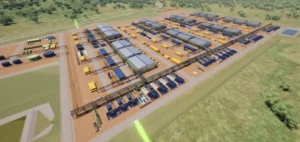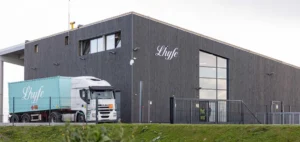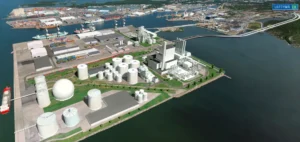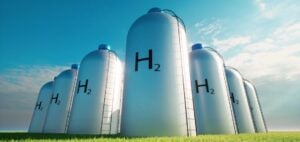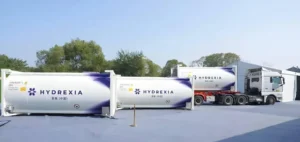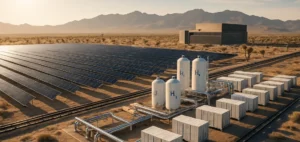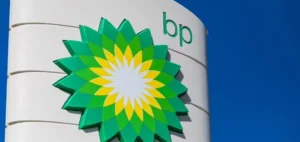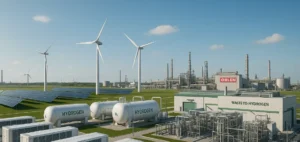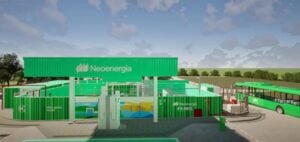SGH (Southern Green Hydrogen) a project in Meridian, New Zealand, selected Woodside as a partner.
An emerging industry
The SGH project aims to produce 500,000 tons of ammonia per year using electrolysis from renewable energy. The technical work on the installation continues in parallel with the design of the commercial structure of the project. Options for the supply of hydrogen and ammonia to the domestic market are being evaluated.
SGH, with the support of Ngāi Tahu, selects Woodside to move into the development stage of the project. A final investment decision will follow this development phase. Woodside was selected after an extensive bidding process.
Meridian CEO Neal Barclay says:
“We are very pleased to partner with Woodside who, like us, is focused on developing a world-class hydrogen and ammonia facility in Southland, New Zealand that will bring significant benefits to the local community. . In addition to operational and marketing expertise, Woodside has demonstrated climate change ambitions, and as a 100% renewable energy company committed to sustainability, this was a key objective for us in selecting a partner. We believe a large-scale hydrogen and ammonia facility in Southland, focused on the export market, will accelerate the development of a domestic hydrogen economy and strengthen New Zealand’s platform to contribute to the decarbonization of our transport and industrial sectors.”
SGH will also create new opportunities in an emerging industry for the local community. The facility will provide the electricity sector with up to 40% of New Zealand’s flexibility needs.
A local project
Mitsui is also in talks to join the project. Indeed, the company has 50 years of experience in the ammonia sector. Toru Iijima, chief operating officer of Mitsui’s Energy Solutions business unit, states:
“We look forward to working closely with Meridian, Woodside and all related key stakeholders to develop a large-scale hydrogen and ammonia export project to contribute to Southland, New Zealand and the global market. “
Woodside’s selection followed a competitive process. In the future, Meridian, Woodside, and Mitsui will actively work with Ngāi Tahu and the local rūnanga. The goal is to ensure that the project aligns with their energy vision for the region.
The various partners hope to develop a new, highly skilled energy economy. SGH originally consisted of Meridian and Contact. However, Contact decided not to pursue the next phase of the project.

